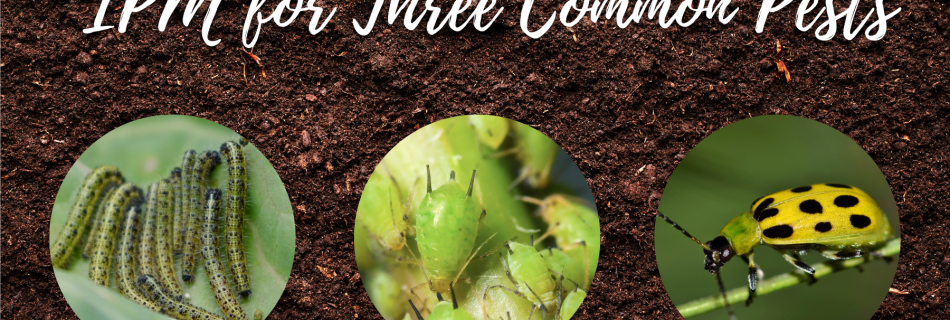Integrated Pest Management for Three Pesky Insects
In a 2022 Coffee and Pest Management webinar, Dr. Laura Ingwell, an Assistant Professor in Horticulture Entomology at Purdue University, described Integrated Pest Management for three different pests. Dr. Ingwell …
Read more “Integrated Pest Management for Three Pesky Insects”

